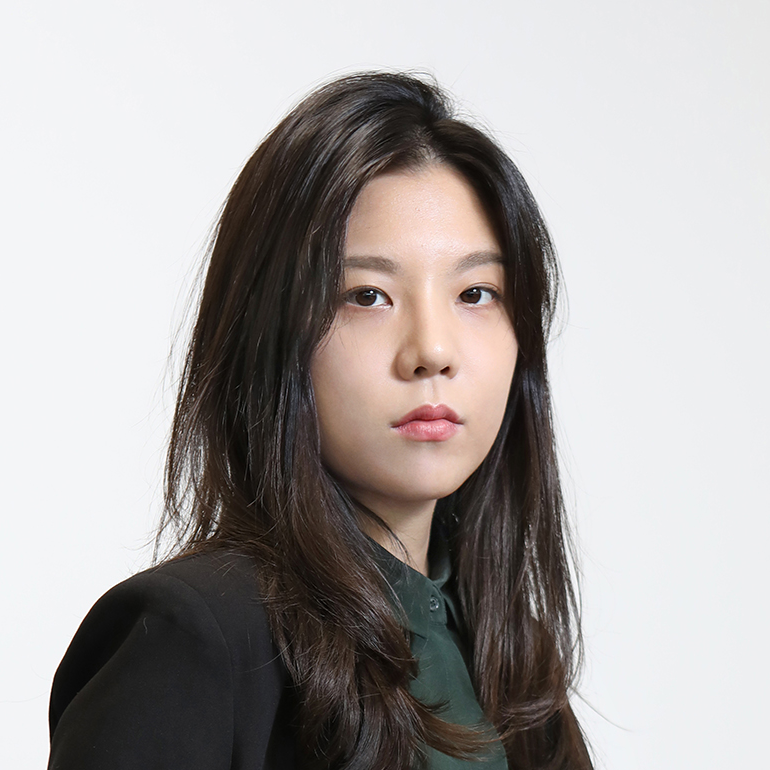IBM to deploy circuit-based quantum computer at Yonsei
Published: 25 Jun. 2024, 17:50
Updated: 25 Jun. 2024, 19:17
-

- LEE JAE-LIM
- lee.jaelim@joongang.co.kr
![Pyo Chang-hee, head of quantum enterprise global sales for IBM's Asia-Pacific region, introduces the full-scale model of the IBM Quantum System One at a briefing in Goyang, Gyeonggi, on Tuesday. [IBM]](https://koreajoongangdaily.joins.com/data/photo/2024/06/25/8476228d-28d5-4d08-bde5-b8bfdc92d422.jpg)
Pyo Chang-hee, head of quantum enterprise global sales for IBM's Asia-Pacific region, introduces the full-scale model of the IBM Quantum System One at a briefing in Goyang, Gyeonggi, on Tuesday. [IBM]
IBM will deploy a circuit-based commercial quantum computer at Yonsei University’s Songdo campus in Incheon in the latter half of this year, its first installation in Korea.
The full-scale model of the IBM Quantum System One was exhibited at Quantum Korea 2024, the largest domestic exhibition in the quantum field, at Kintex in Goyang, Gyeonggi, on Tuesday.
The IBM Quantum System One is 127-qubit processor that will be utilized in Korea for research purposes in sectors such as cybersecurity, chemistry and machine learning.
IBM plans to install another processor in Busan by 2028.
“The installation of Quantum System One will be completed for deployment by the latter half of this year,” said Pyo Chang-hee, head of quantum enterprise global sales for IBM's Asia-Pacific region, at a briefing on Tuesday. “It is the most stable quantum computer to be in the works.”
Quantum computers, unlike traditional computers that process bits that can be either zero or one, qubits can be both zero and one at the same time, enabling them to process a vastly larger amount of information simultaneously.
The more qubits, the faster a quantum computer can simultaneously process information, offering a higher capacity to solve and manage complex calculations.
Pyo also detailed IBM’s plans for Quantum System Two. The 127-qubit processor, including the one being installed in Korea, is currently operational with a single quantum processing unit (QPU). In System Two, three 133-qubit QPU chips will be interconnected, resulting in a 399-qubit processor.
“By 2033, we plan to expand the capacity to 100,000 qubits,” Pyo said. “We are developing the architecture to achieve this goal, and anticipate being ready to deploy a 3,000-qubit processor by 2026.”
BY LEE JAE-LIM [lee.jaelim@joongang.co.kr]










with the Korea JoongAng Daily
To write comments, please log in to one of the accounts.
Standards Board Policy (0/250자)